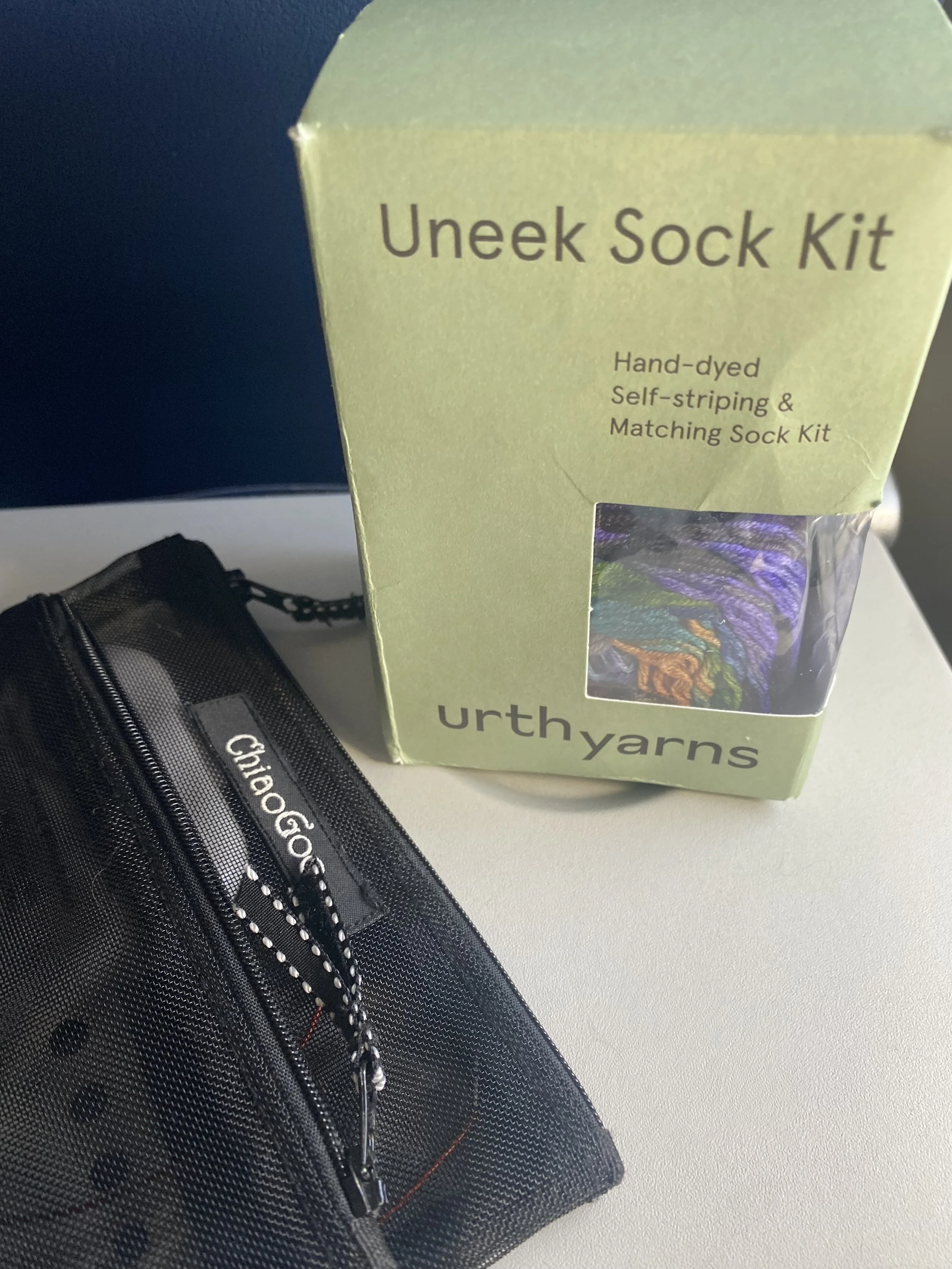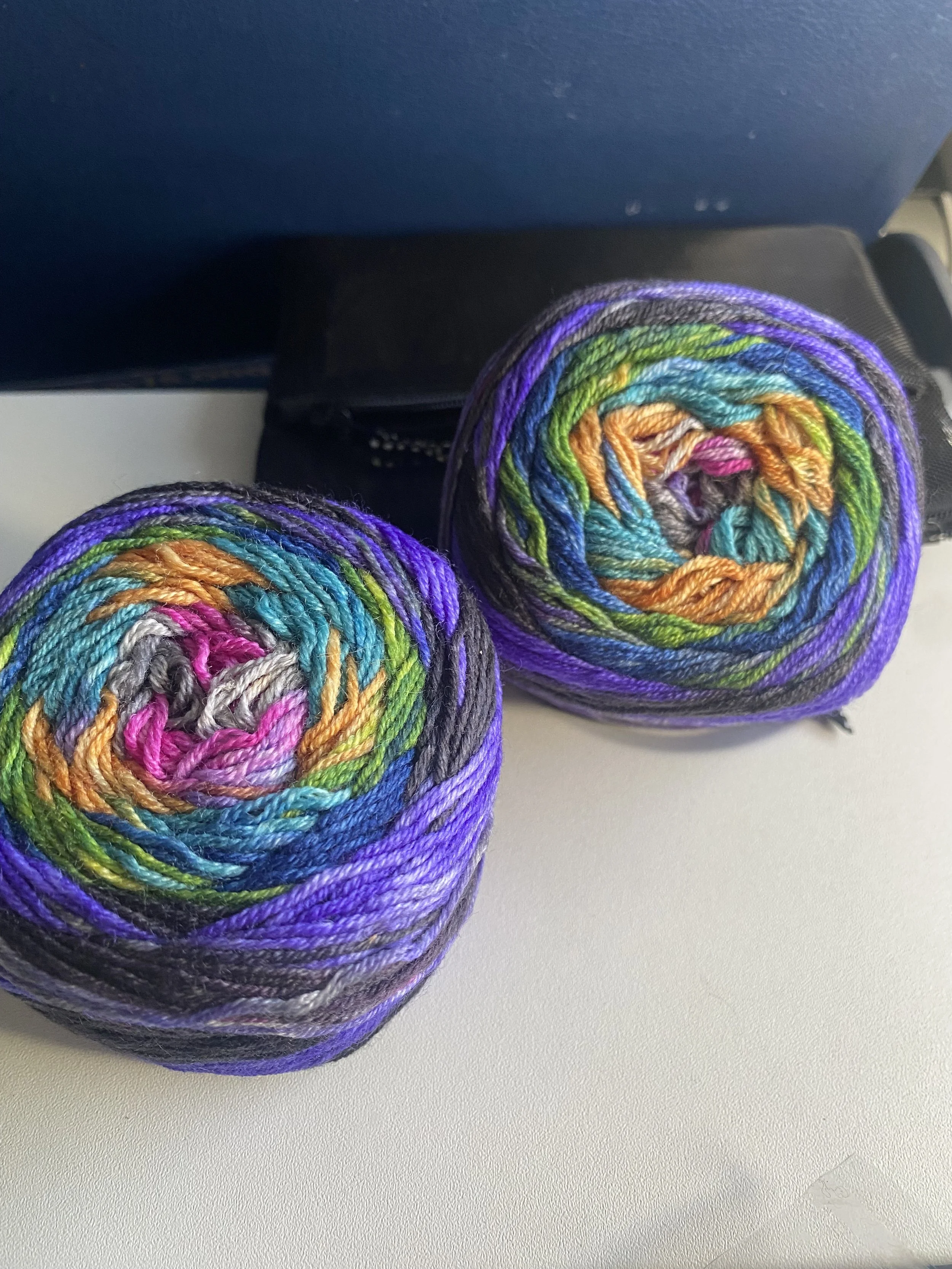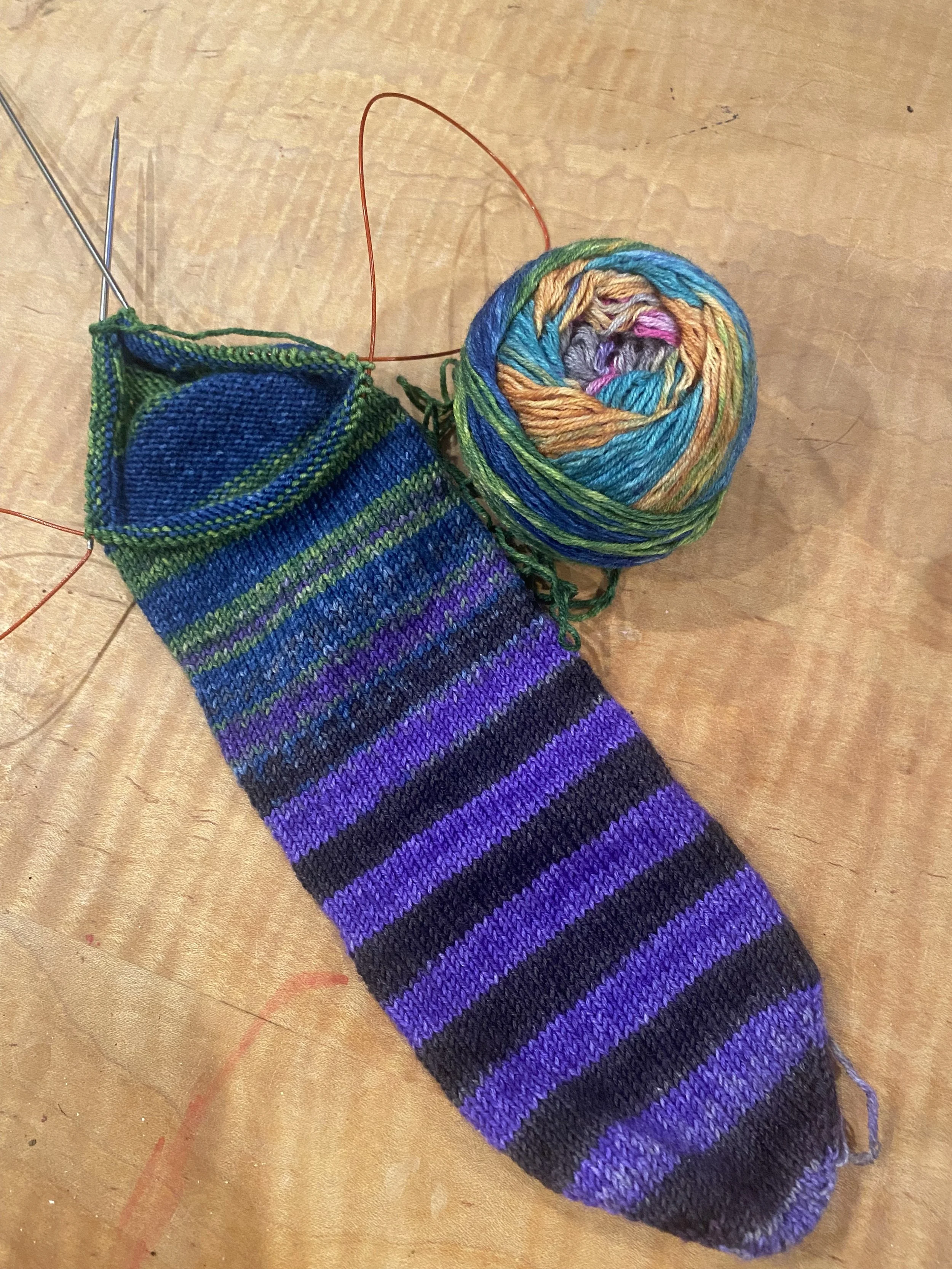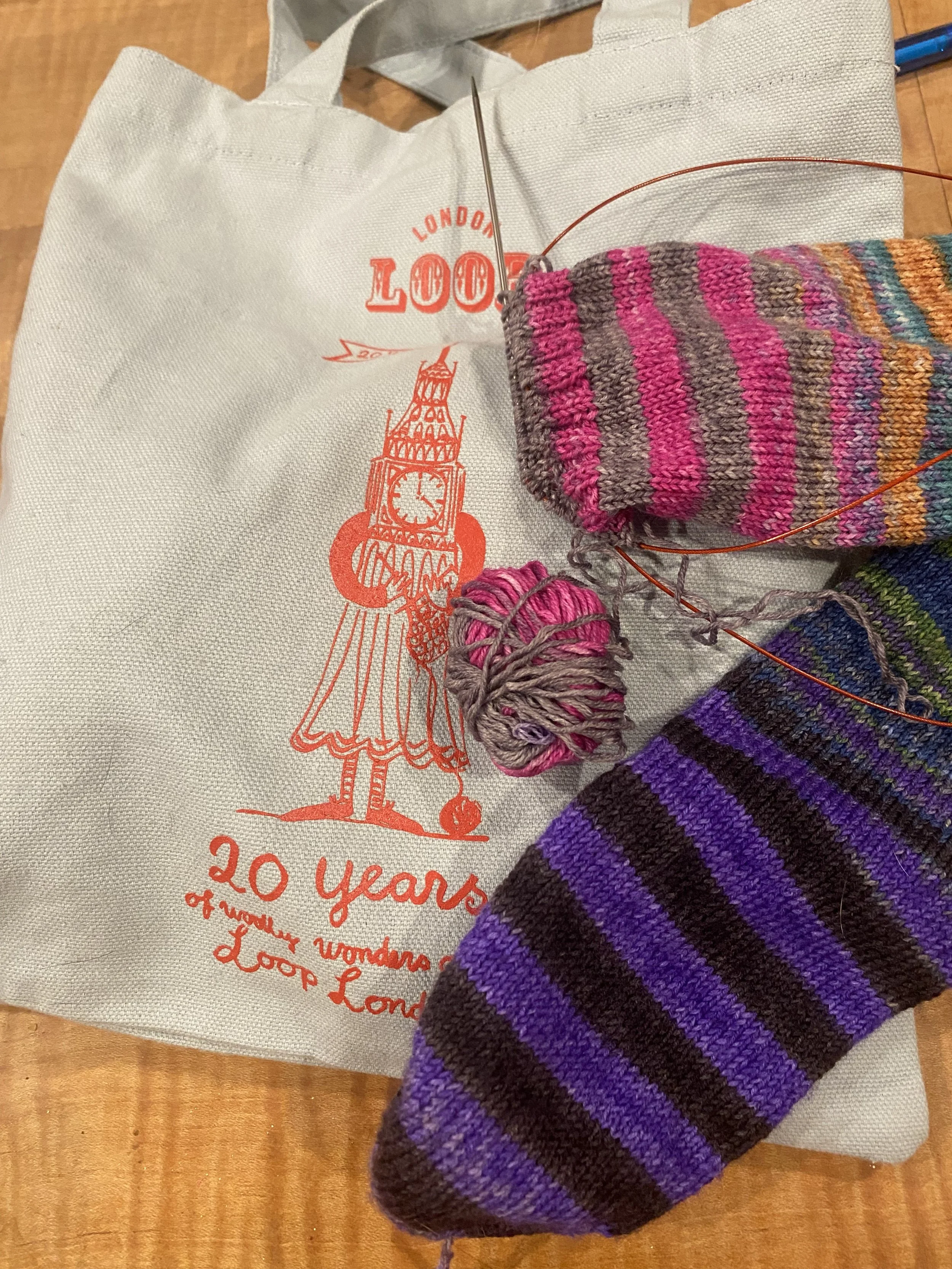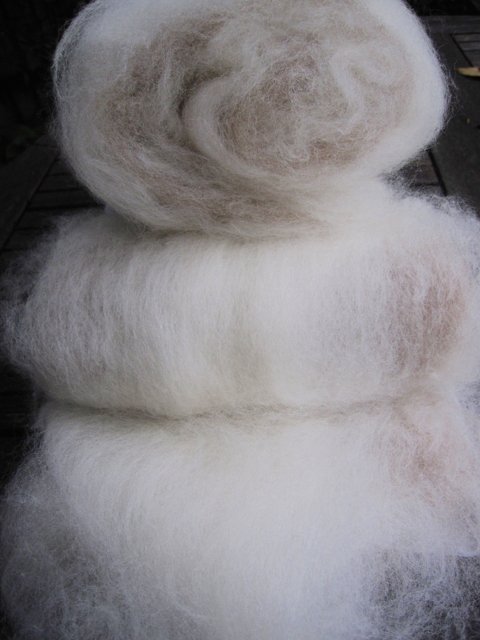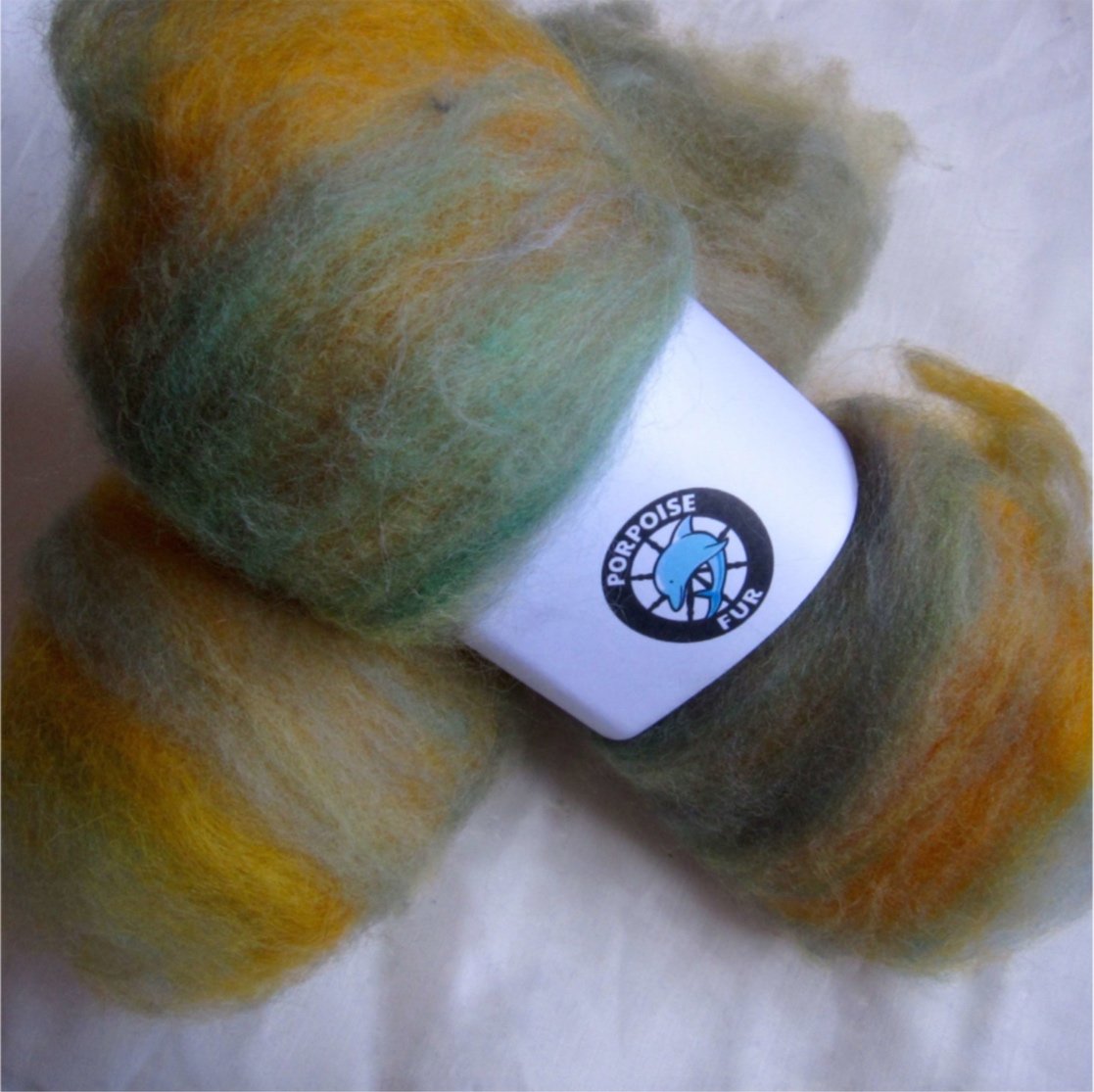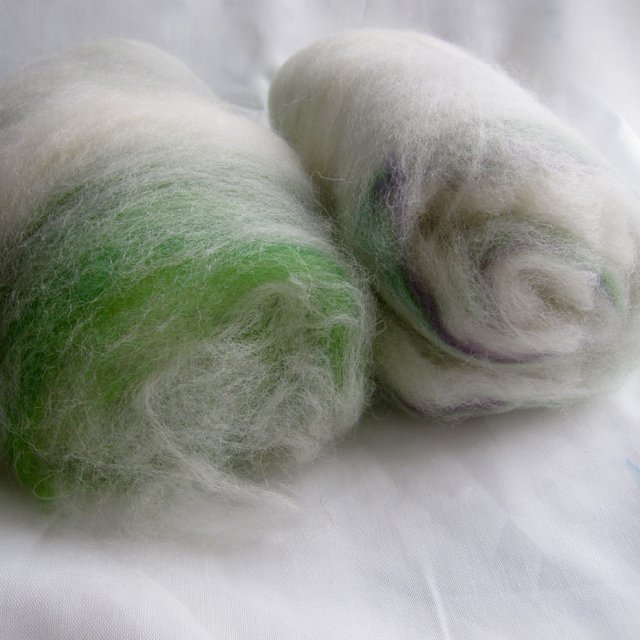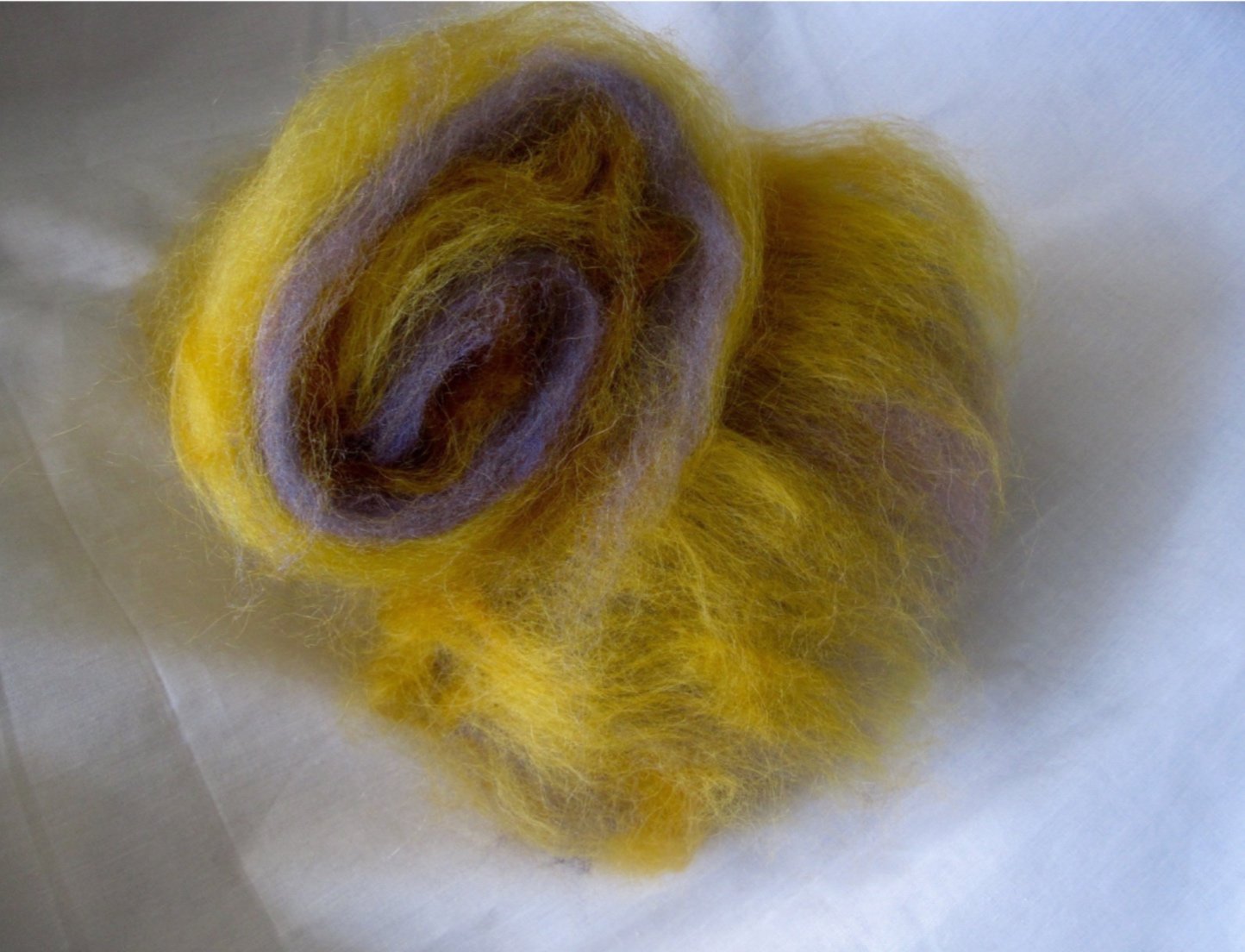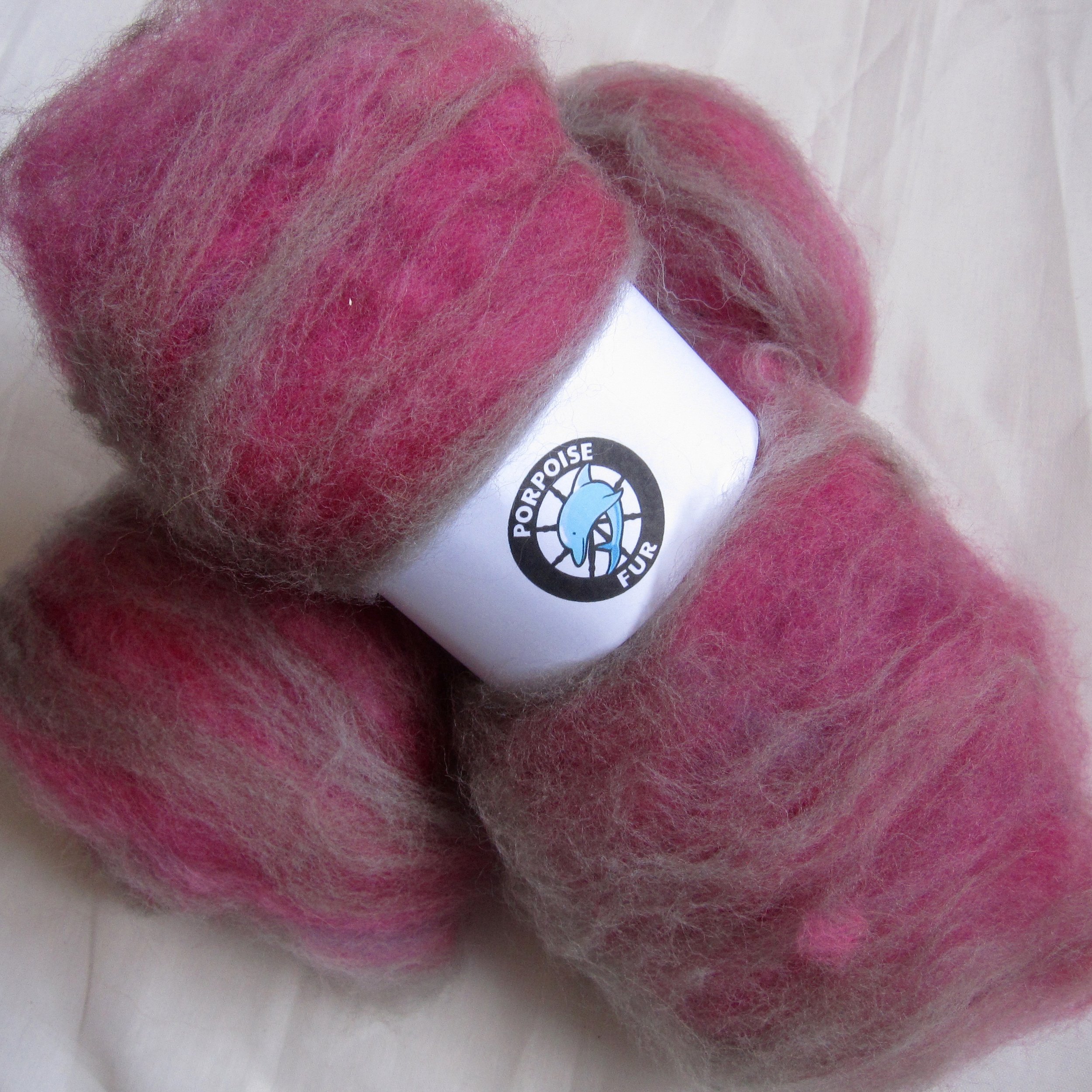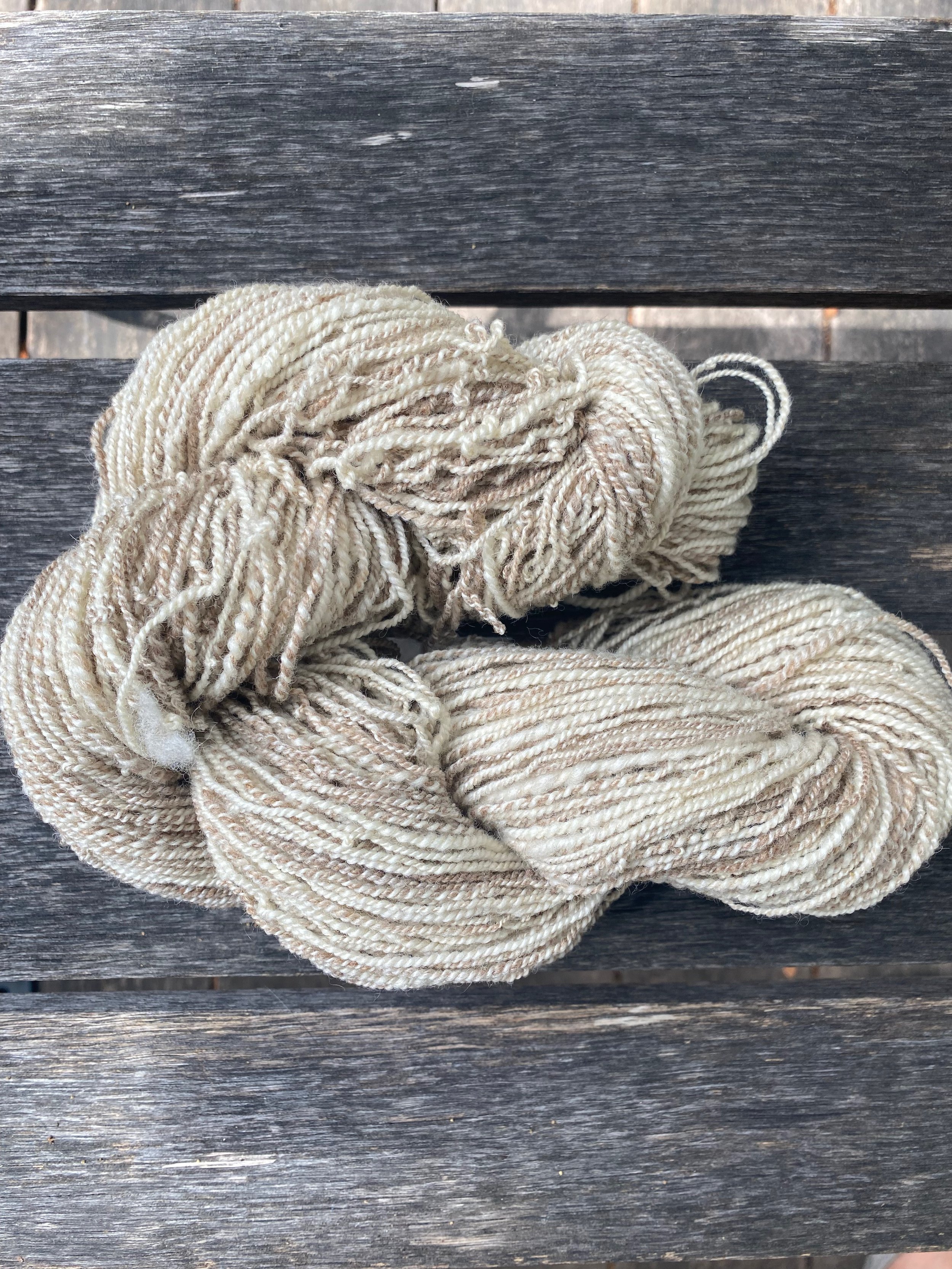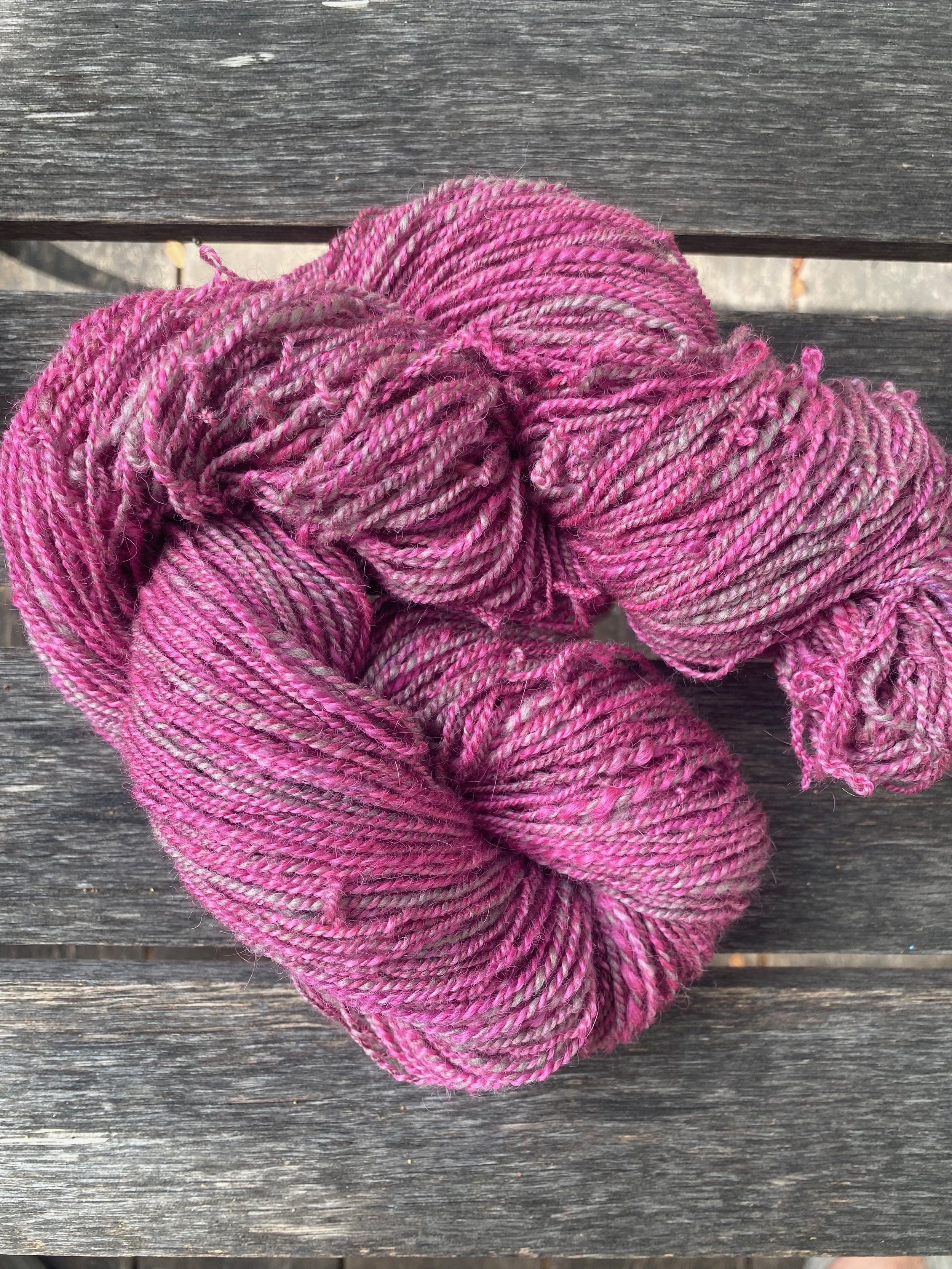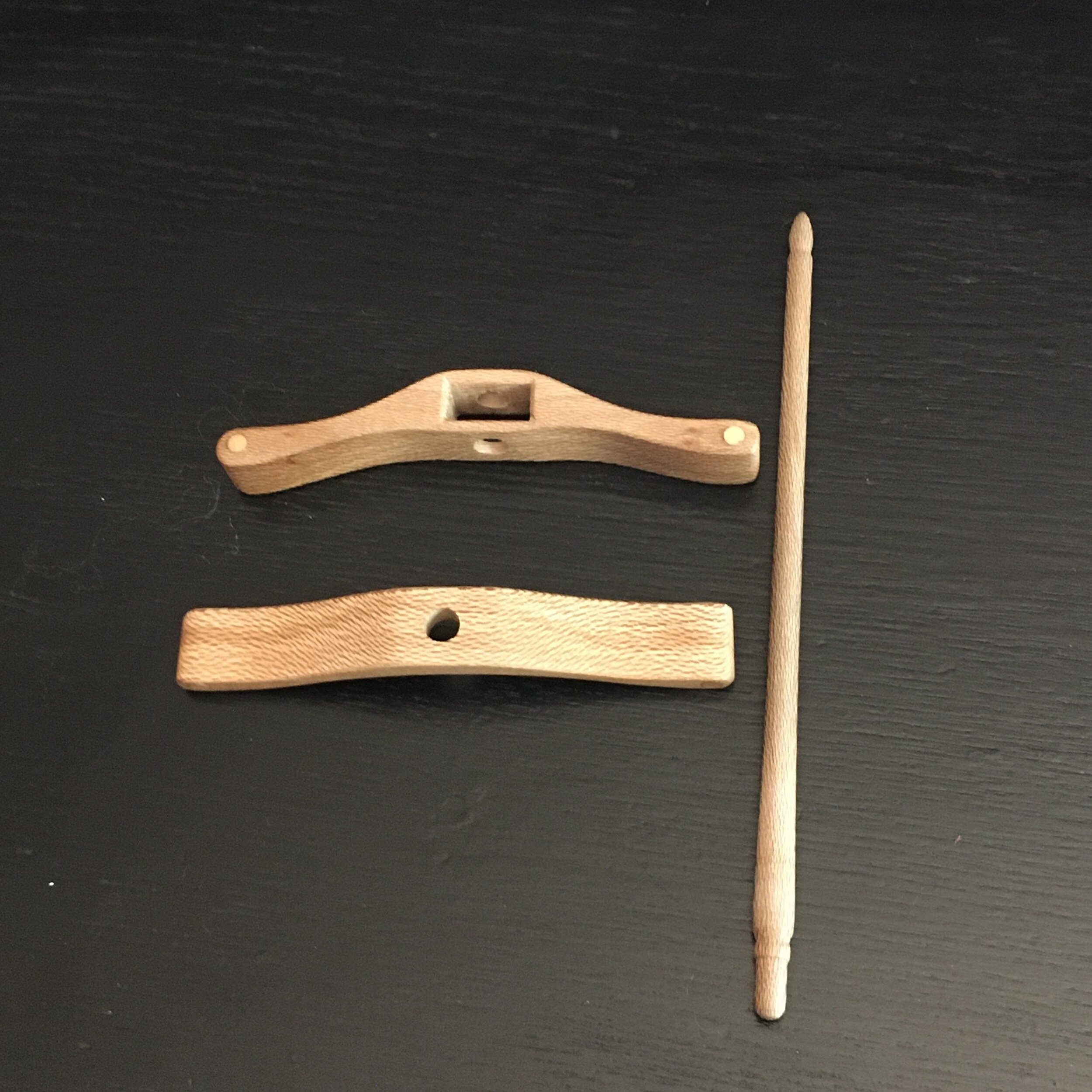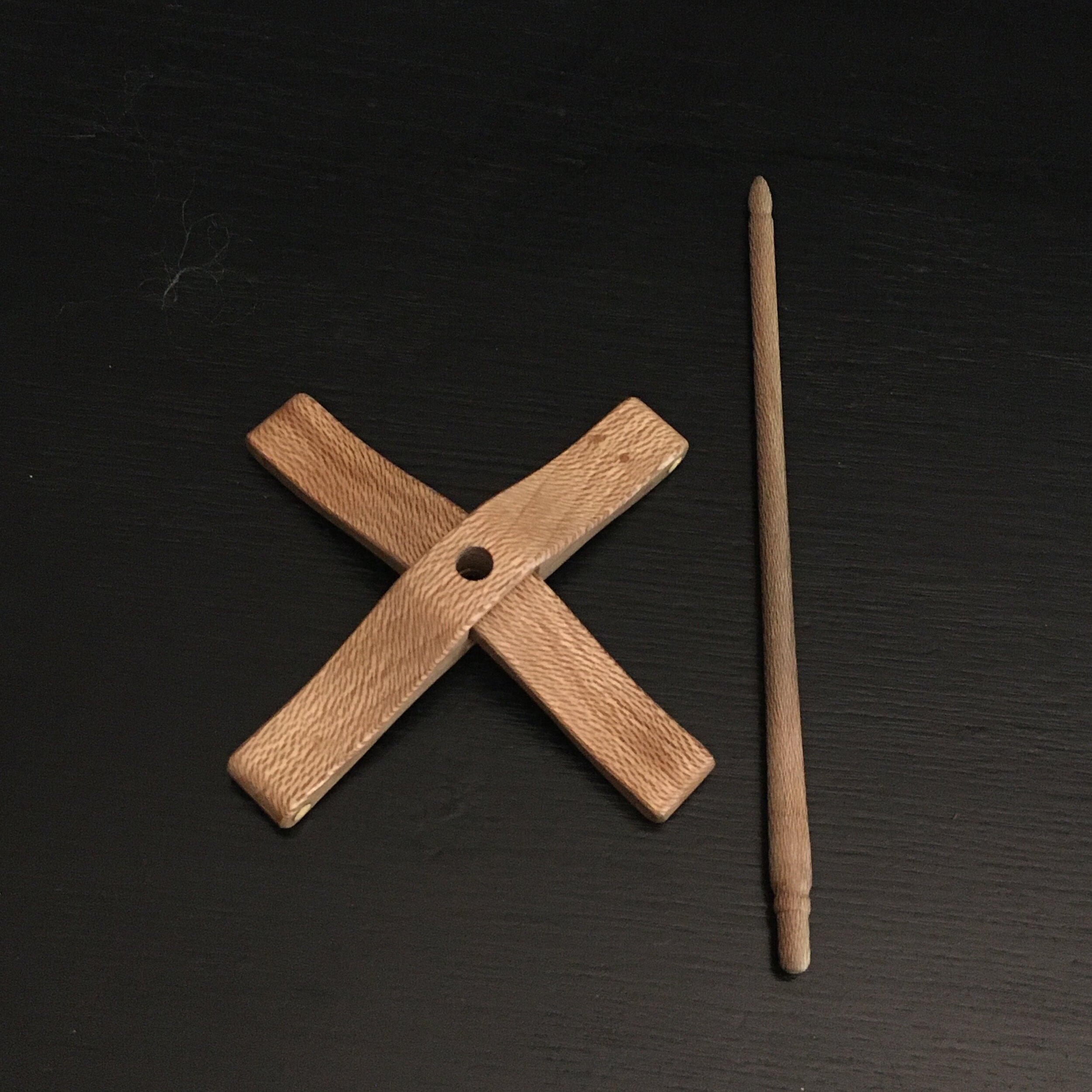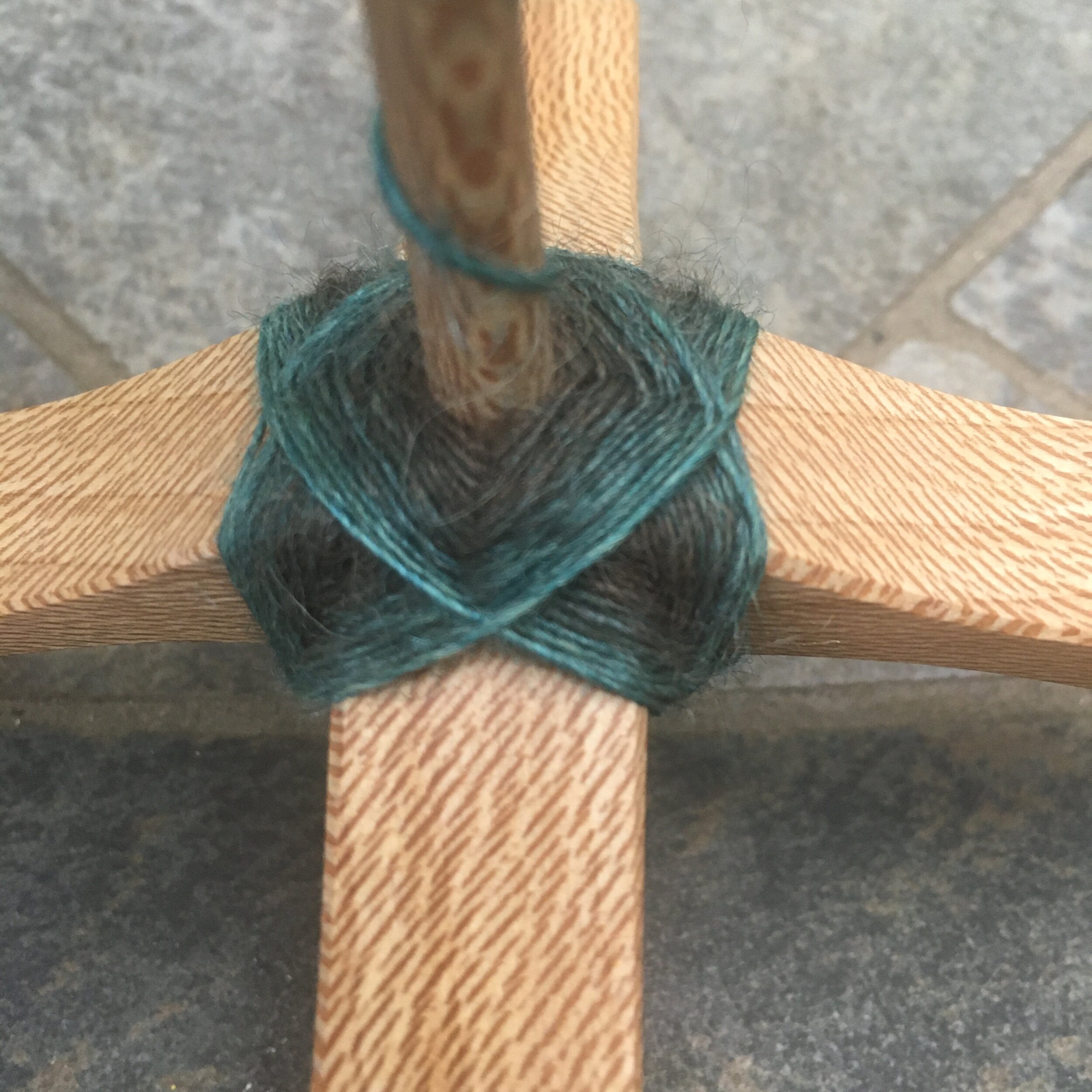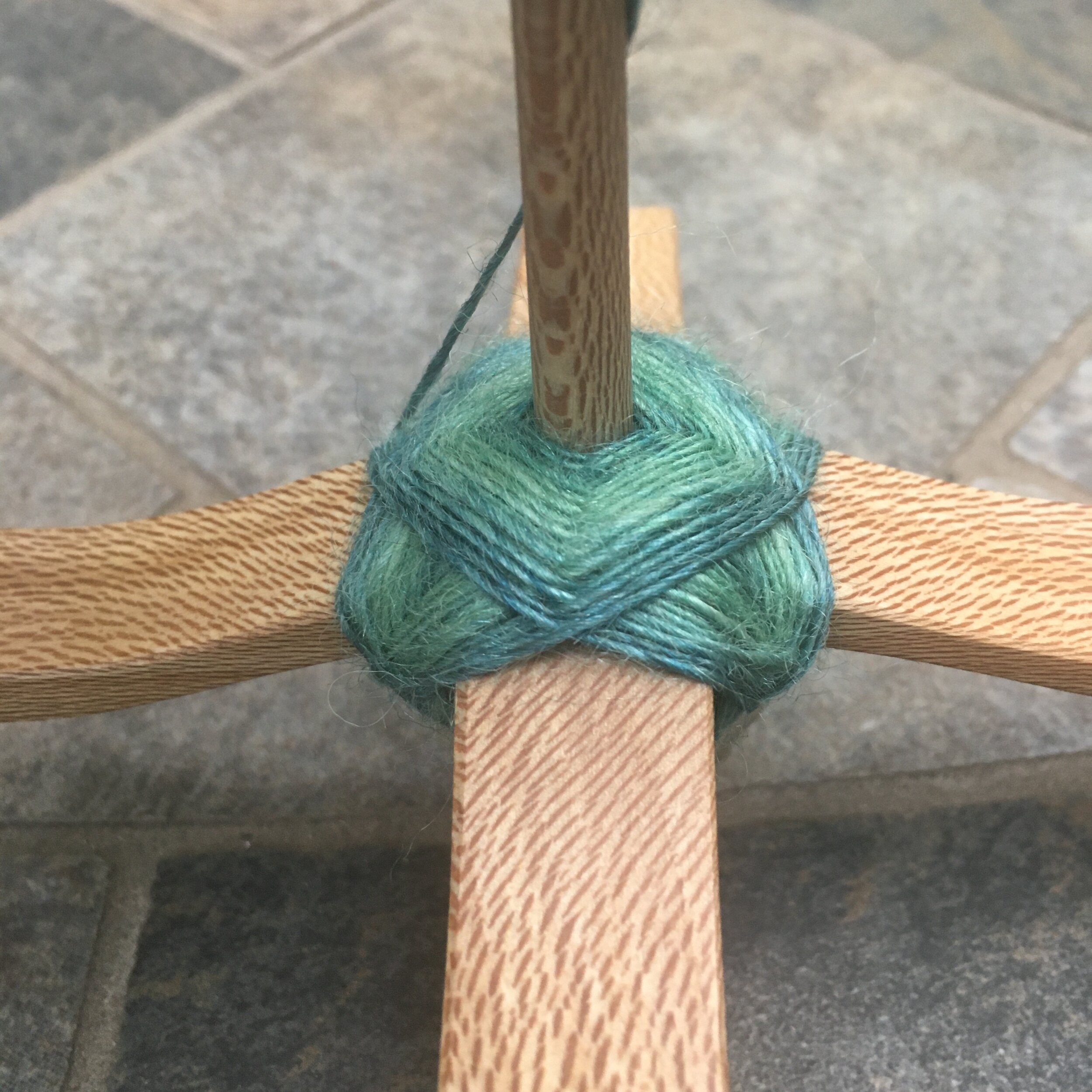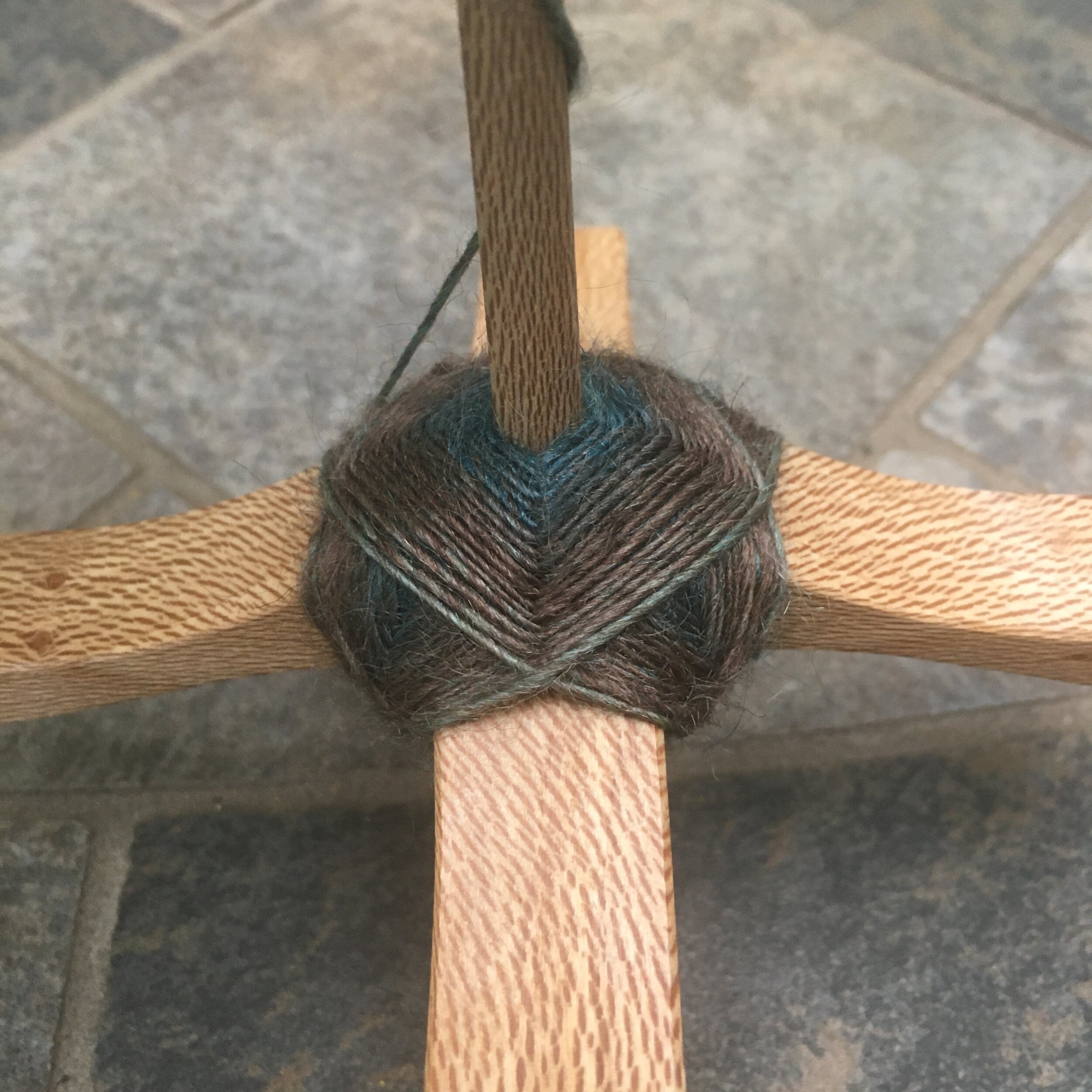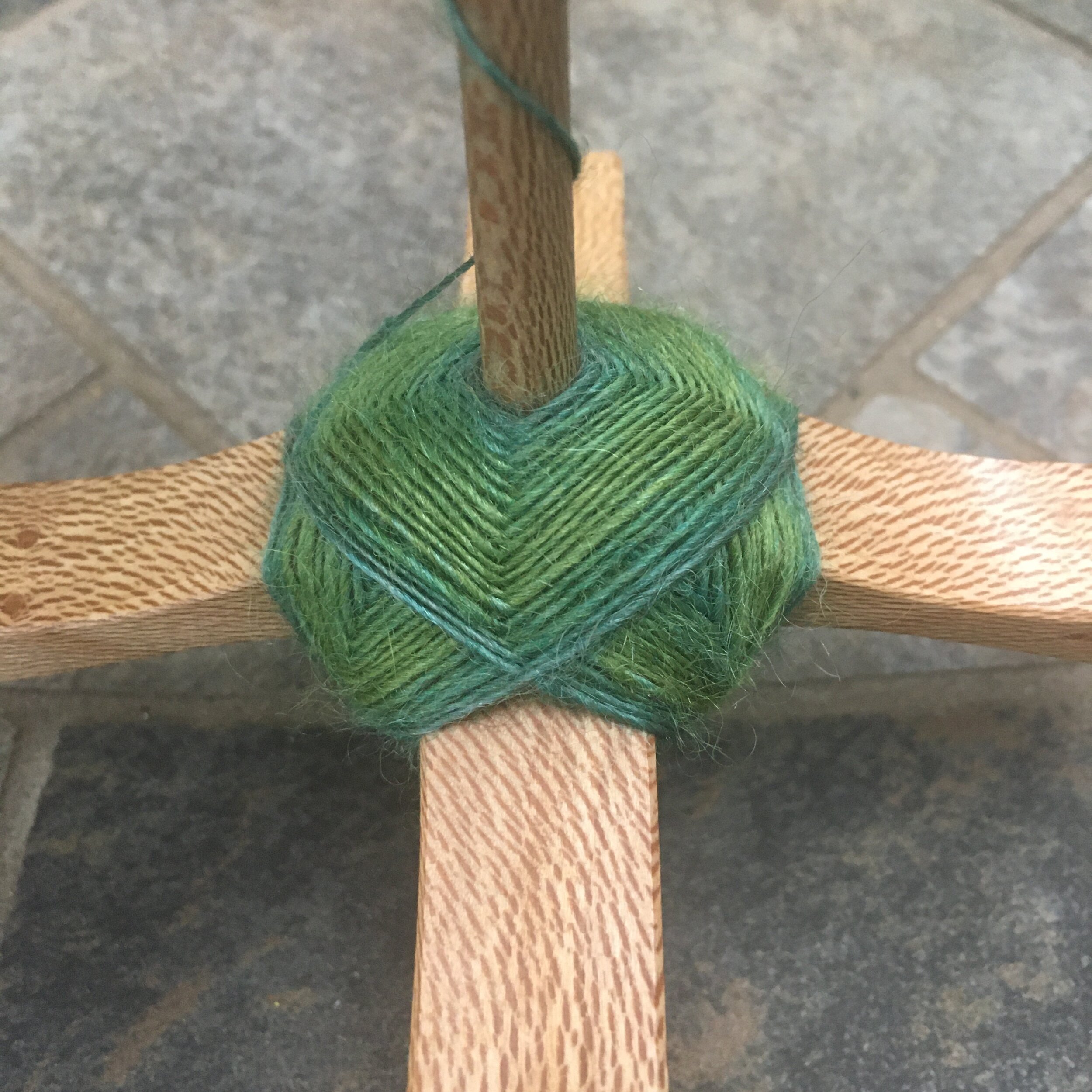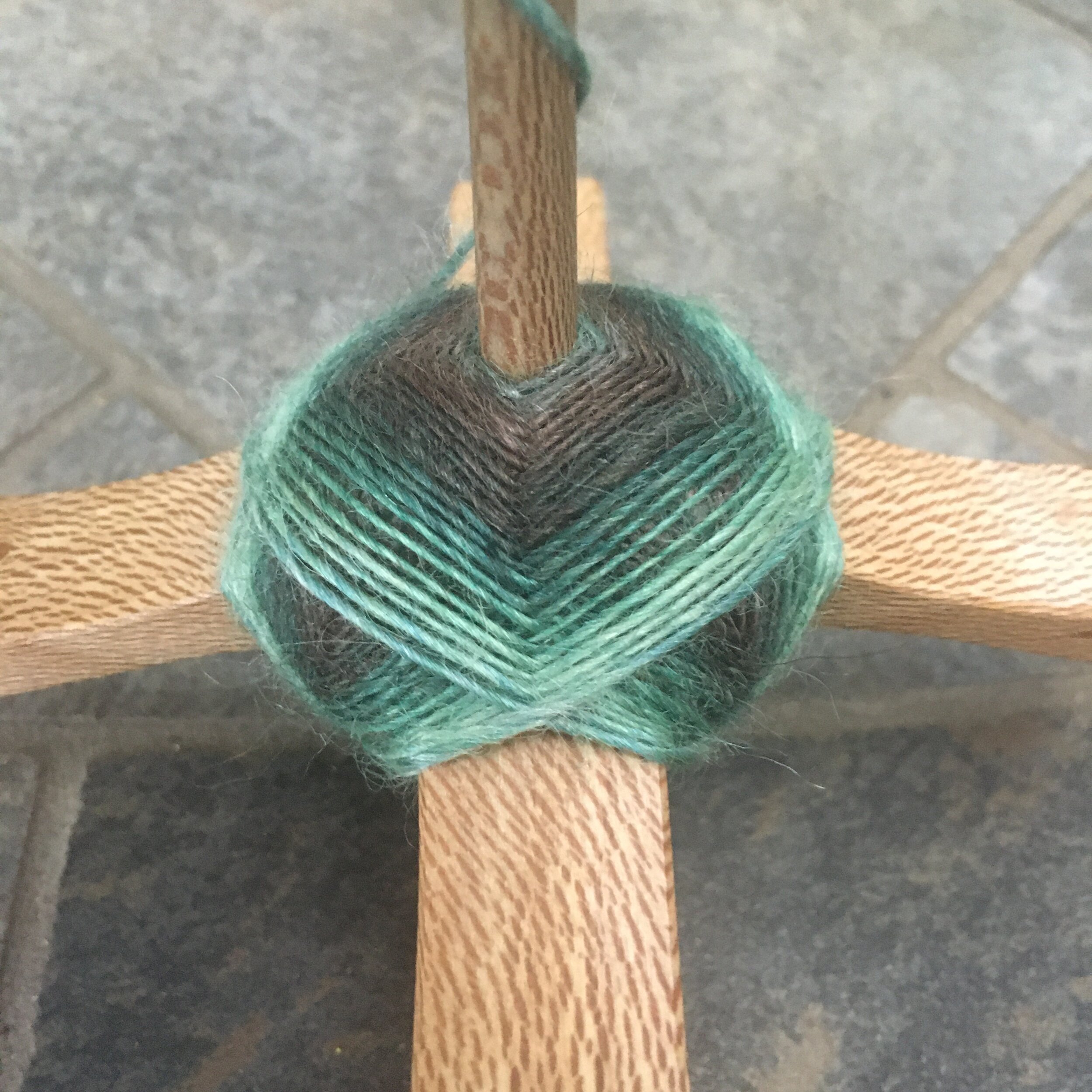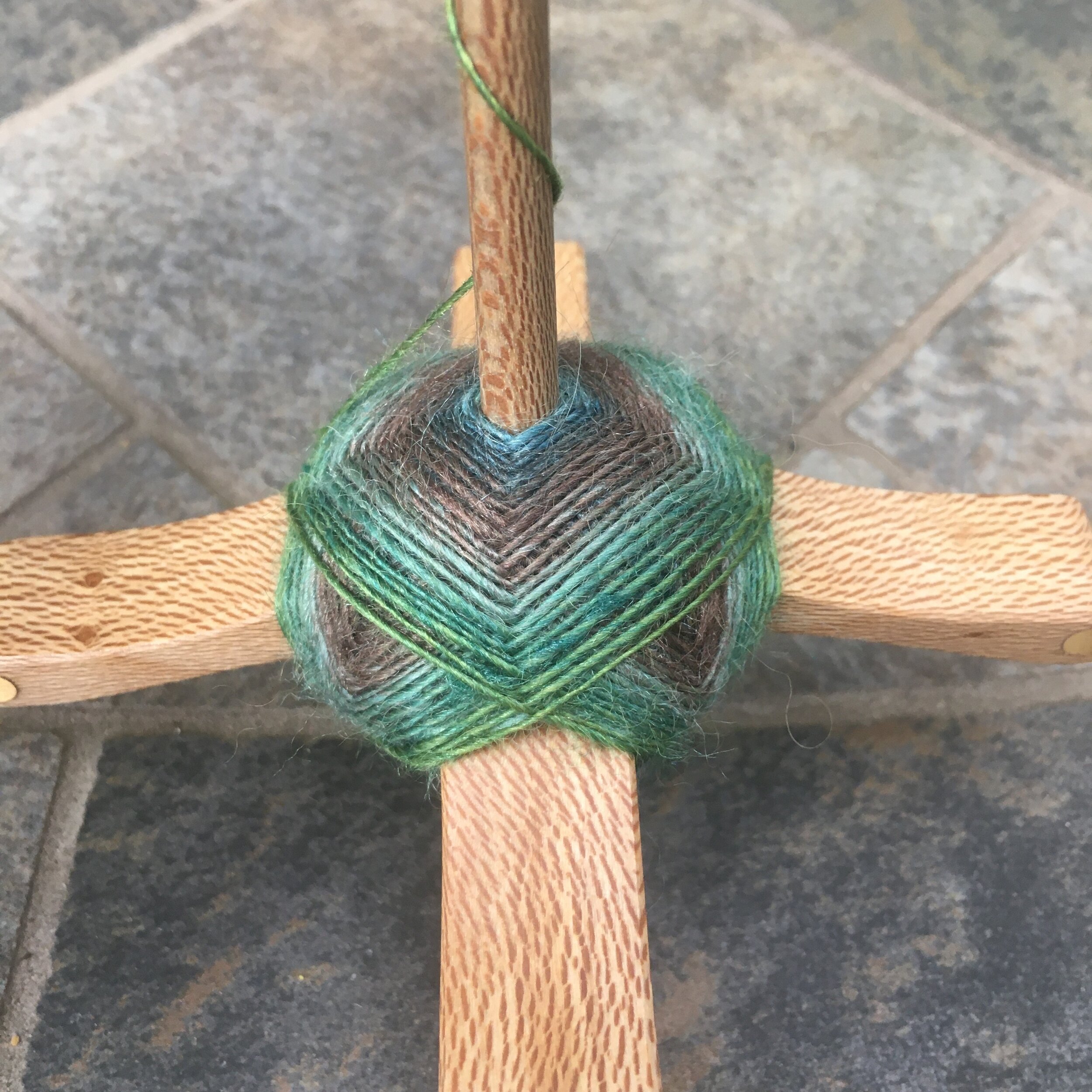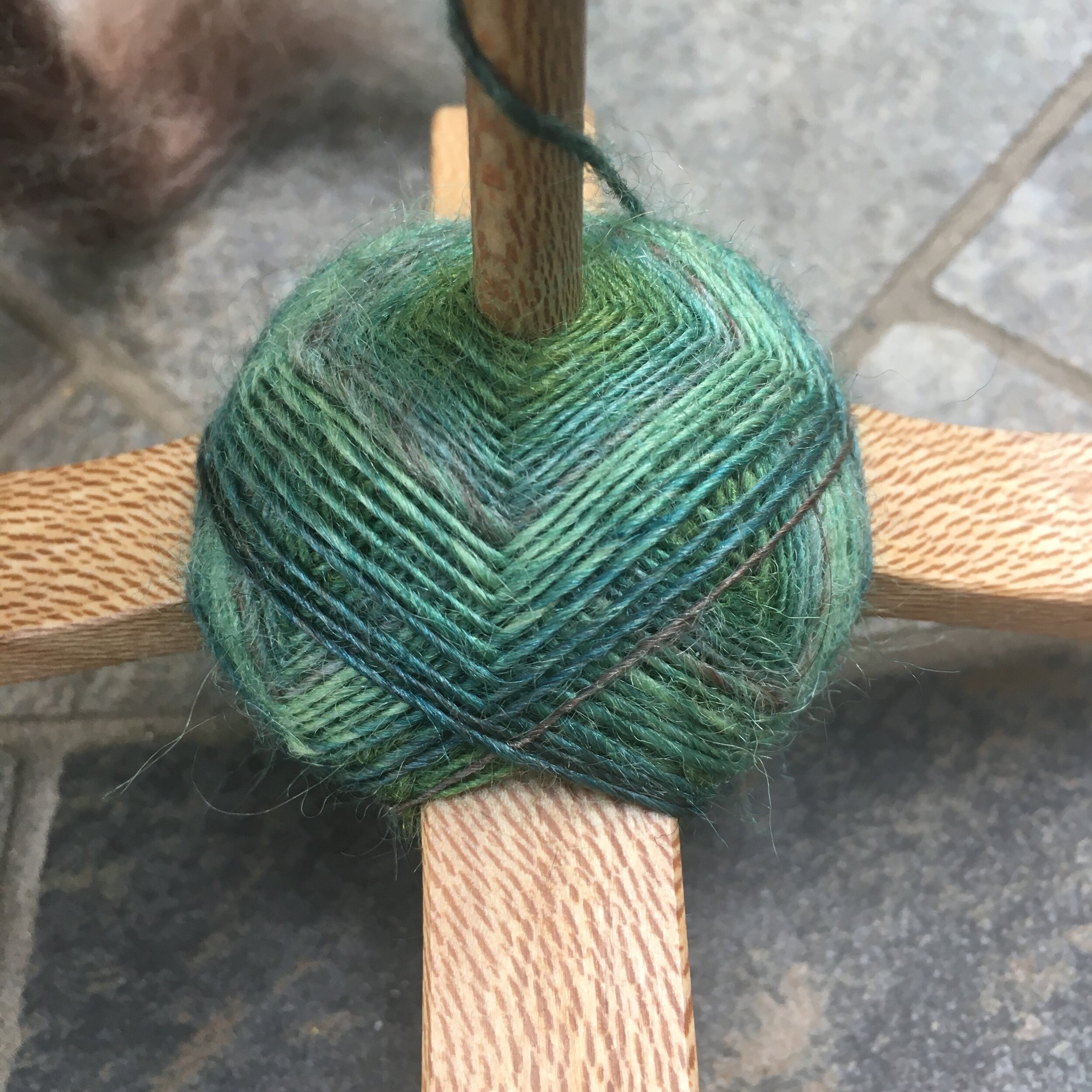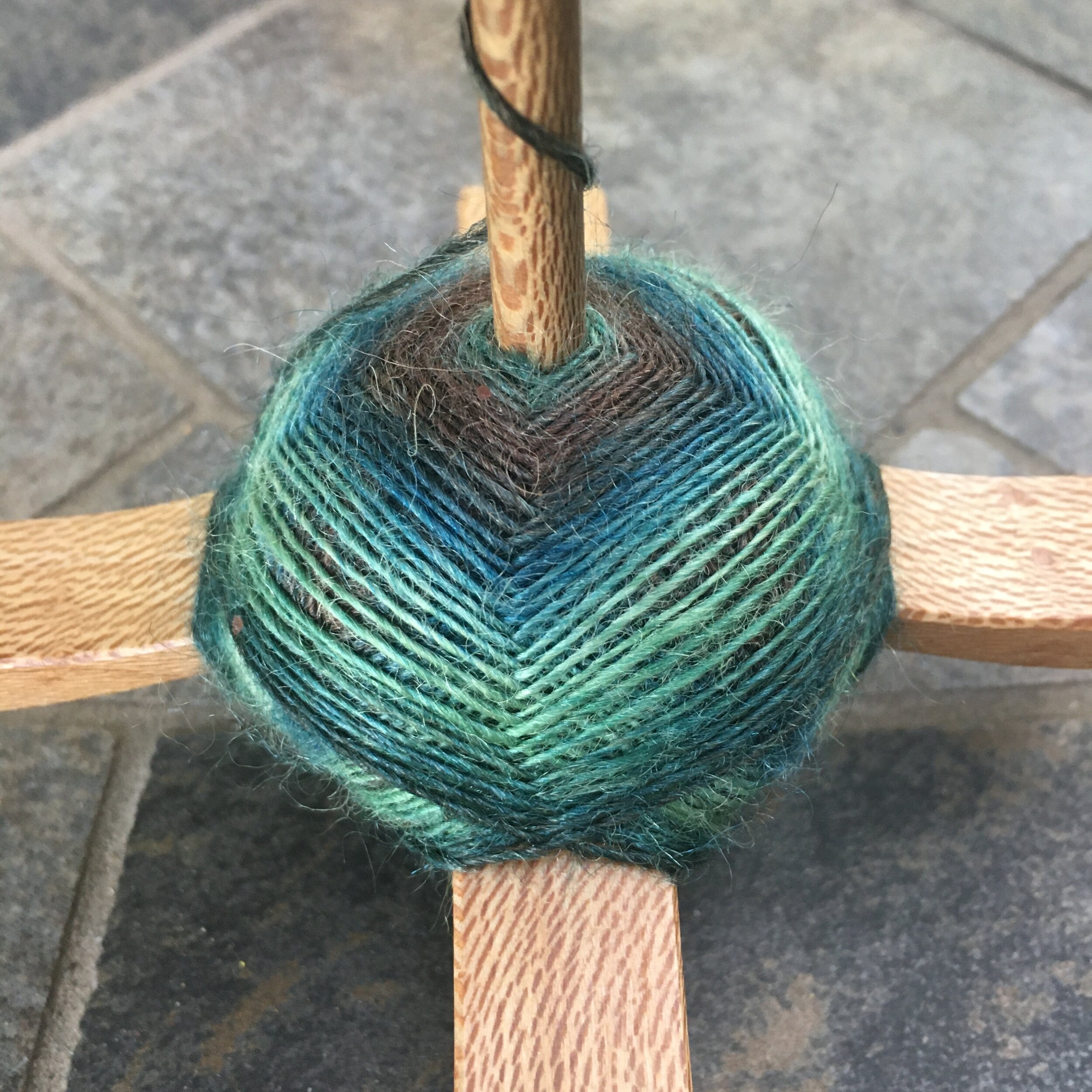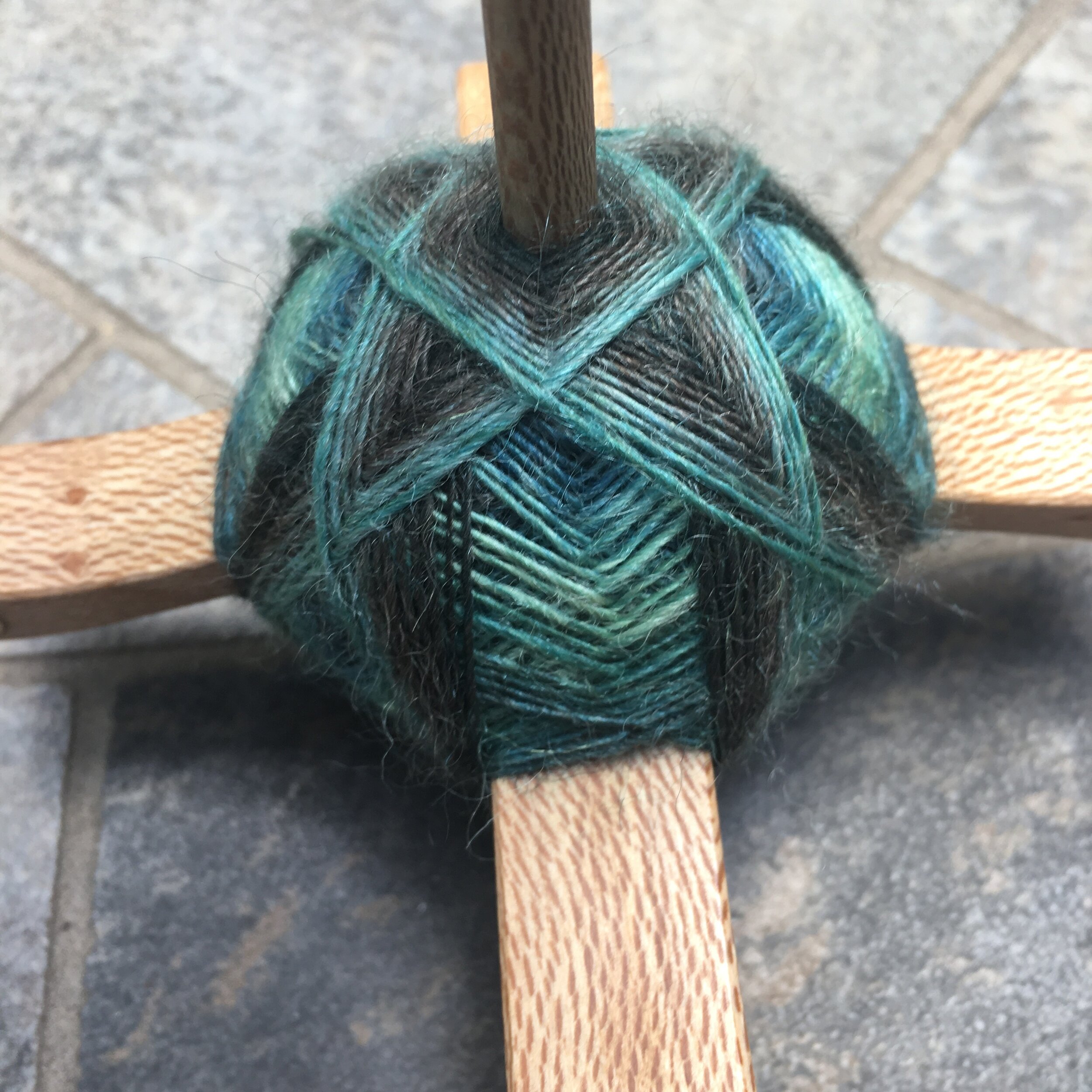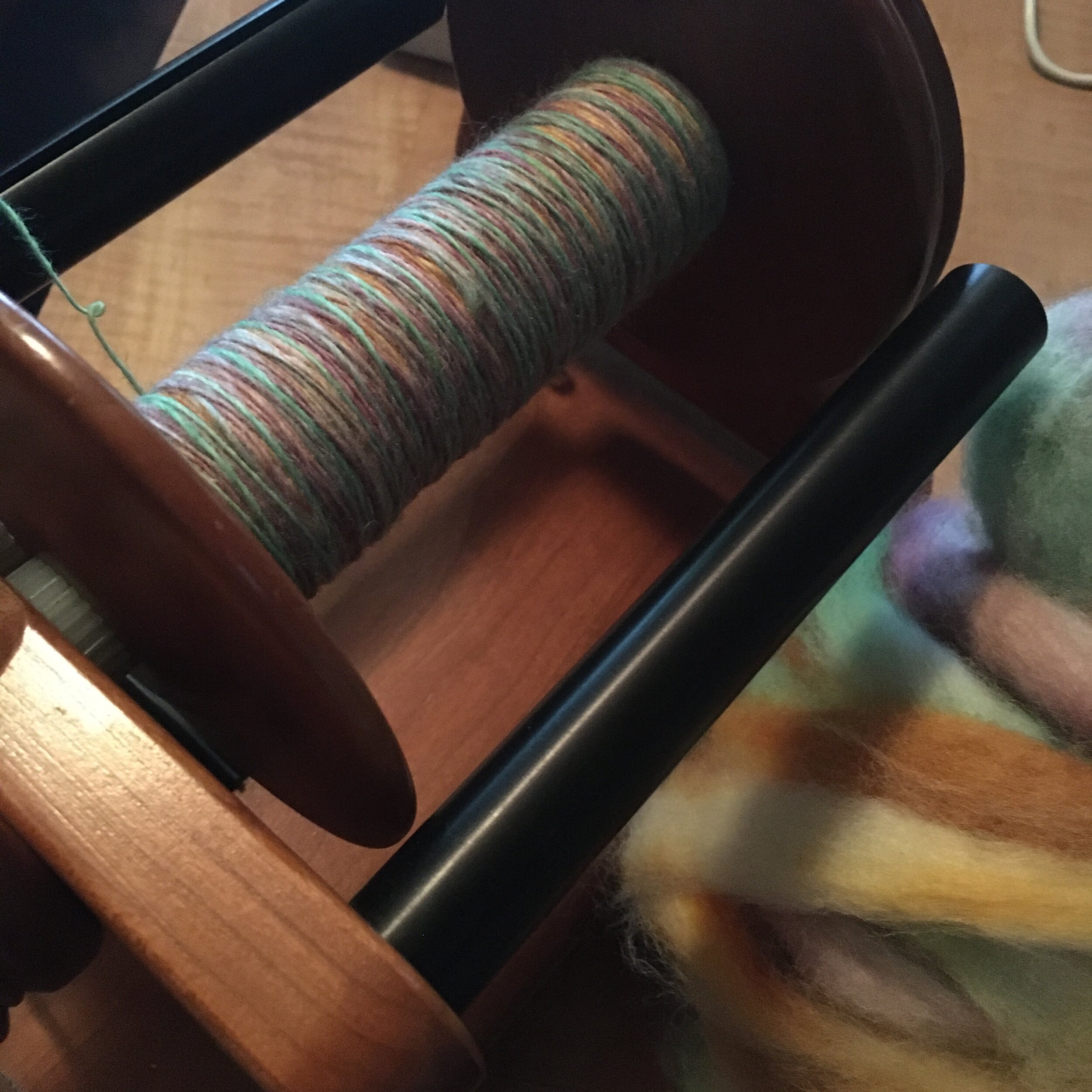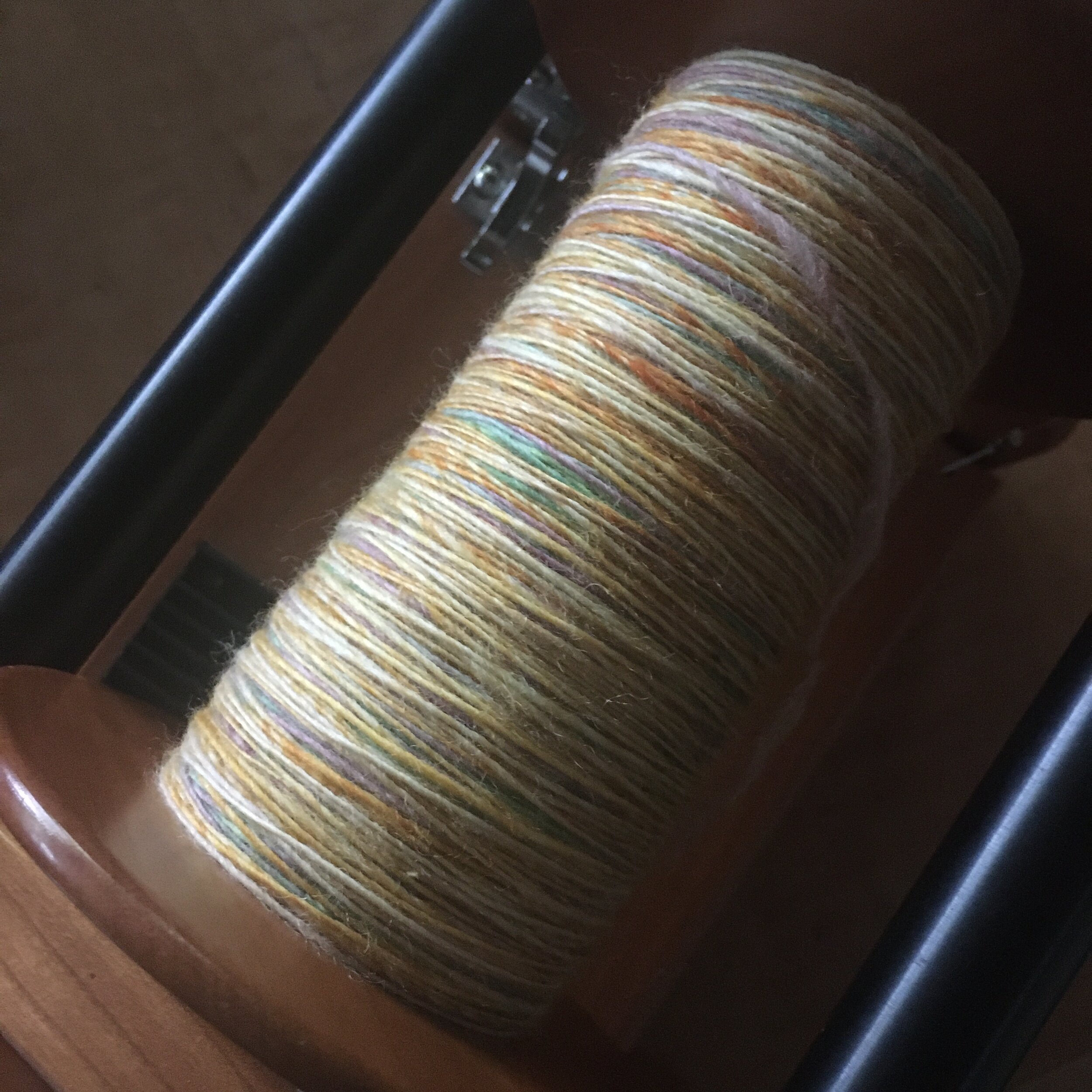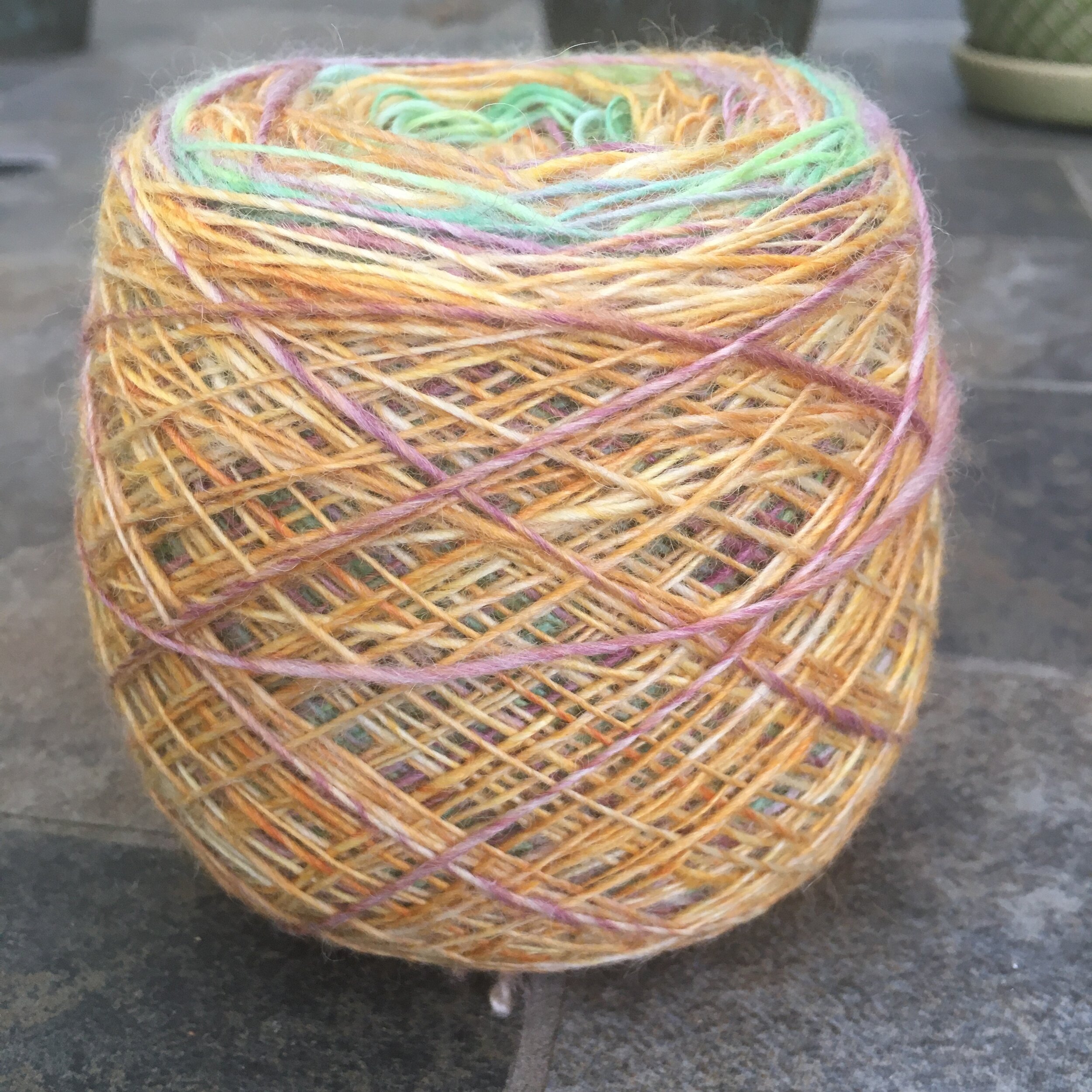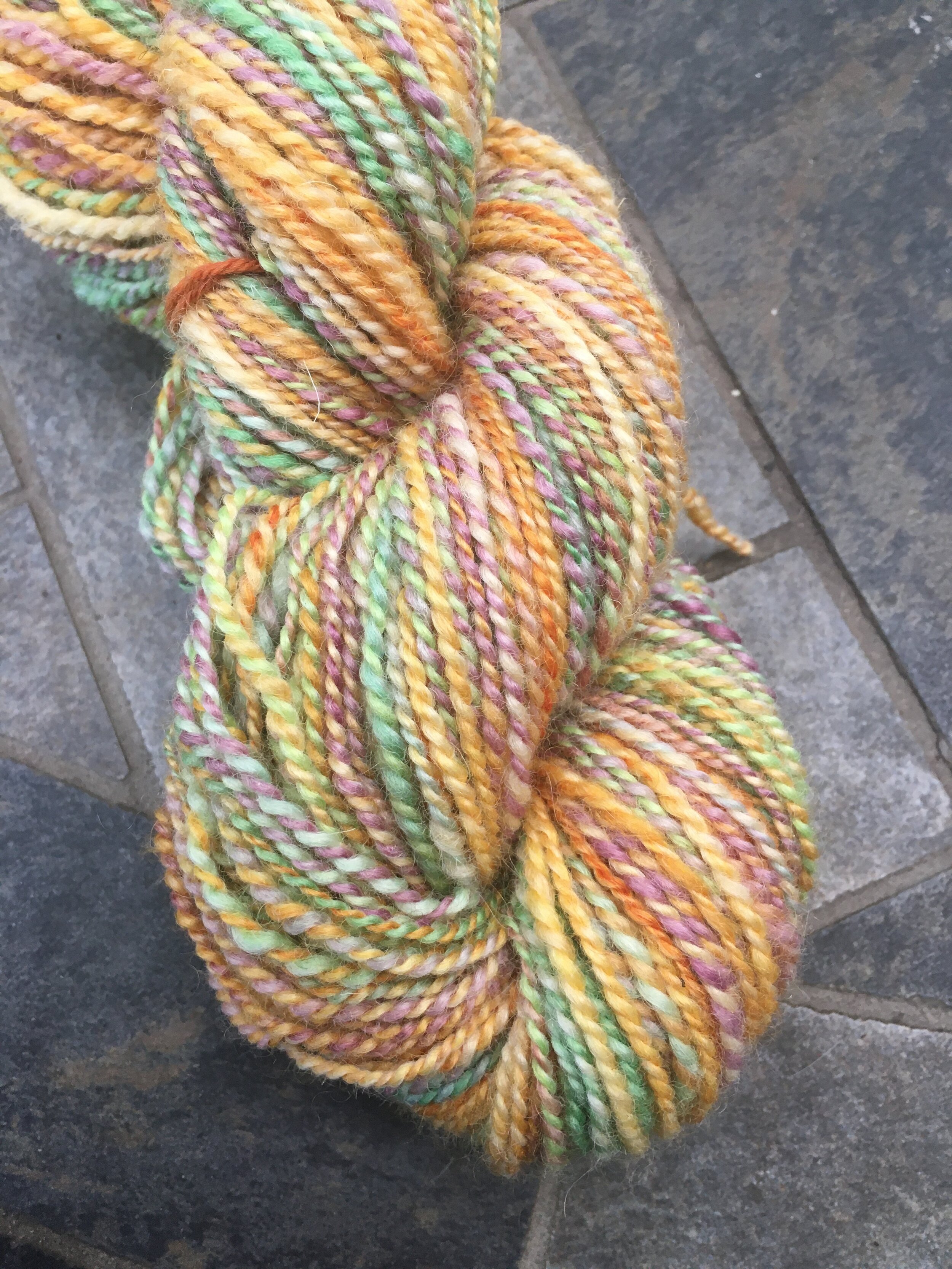Birthday yarn
For the last couple of years, I’ve taken advantage of my job’s free birthday day off, and spent some time scoping out a new yarn store and picking up some birthday yarn. This year, among having lunch with my youngest child who no longer needs me to drive her to school, I went to Knit ATX, a new shop not far from me.
Founded by former employees of the sadly now closed Hill Country Handweavers, Knit ATX is a lovely shop filled with interesting yarns - the usual suspects like Knitting with Olive, Fyberspates, La Bien Aimee, Sweet Georgia Yarns, and West Yorkshire Spinners, as well as some new-to-me brands (Camellia Fiber Company, Red Stage Fibre, and The Wandering Flock). I wandered around taking in the yarn fumes with an eye out for some yarn for a scarf for a friend of mine, and finally settled on an Urth Yarns Uneek Sock Kit.
These cute little kits contain two matching 50 g balls of self-striping sock yarn that work through 4 sets of coordinating colored stripes for some long socks. I don’t really wear hand knit socks very often anymore (there are 3 days a year it’s cold enough?), but I do still iike knitting them. And since I was about to embark on a work trip that included both plane and train travel, some mindless stockinette socks seemed just about the right speed.
Colorway #66
I cast on the first sock on the plane, using the suggested Urth pattern (the free-to-download, toe-up Mahalle Sock), and then proceeded to reknit the toe three times so I could adjust 1) the number of stitches and 2) the rate of increases to make the toe less pointy. The yarn is lovely and soft, so totally inappropriate for socks that might actually get worn, but so be it - these are the perils of merino sock yarn, even if there is some nylon in there.
Long and skinny foot…
I’m working on the cuff on the first sock, after additional adjustments to the pattern - I thought the number of stitches that were picked up along the heel flap for the size I was knitting was too few, so I increased the stitch counts and just decreased down to make a gusset. The sock actually places the heel flap on the bottom of the foot which helps keep the strip pattern intact across the top of the foot. But since that point, it’s been mindless round and round knitting, with the only challenge being deciding when to start the cuff so as to use up as much of the yarn as possible.
Note Loop London 20th Anniversary project bag - a souvenir of July travels and shenanigans with Alli.
Tomorrow it will be on to sock #2. Hopefully I can remember my mods from the first sock, because I certainly didn’t write them down anywhere!

